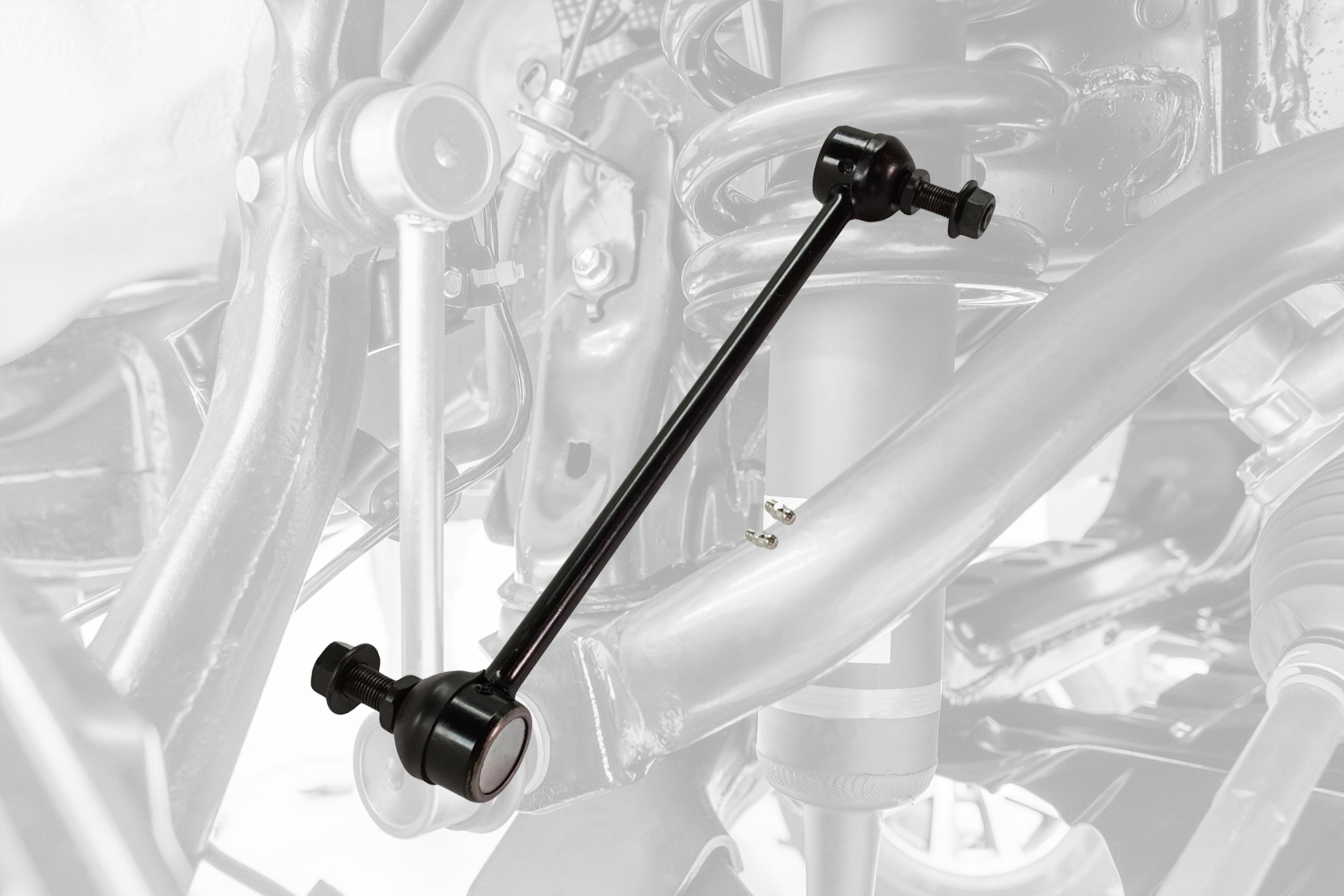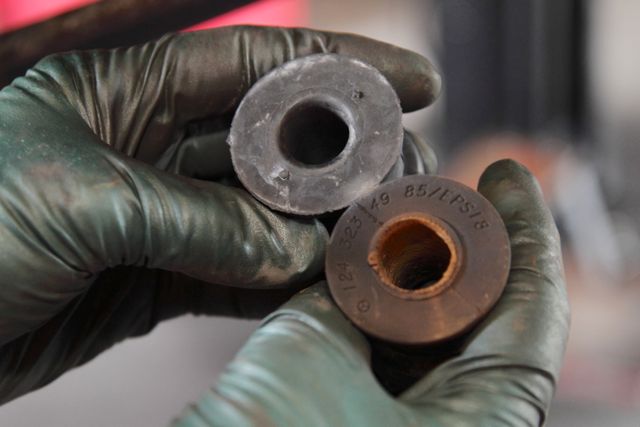Car enthusiasts and everyday drivers alike may have heard of stabilizer bars and bushings, but understanding their function and importance in a vehicle's performance and handling is crucial. Stabilizer bars, also known as sway bars, play a vital role in reducing body roll and enhancing stability during cornering and maneuvers. Meanwhile, bushings act as the connection between various suspension components, providing cushioning, vibration dampening, and noise reduction.
Stabilizer bars, also known as sway bars or anti-roll bars, are metal bars that connect the left and right sides of a car's suspension. They're like the peacemakers of the car world, keeping everything balanced and harmonious.
Bushings, on the other hand, are like the unsung heroes of the suspension system. They're small but mighty rubber or polyurethane components that sit between the various metal parts of the suspension. Think of them as the shock absorbers for noise and vibrations.
Stabilizer bars and bushings work together to keep your car stable and comfortable. They help reduce body roll during cornering, minimize vibrations, and provide a smoother ride. In other words, they're the dynamic duo that ensures your car doesn't feel like a roller coaster on wheels. Now, let's dive deeper into their roles.

How do stabilizer bars work?
Picture this: you're going around a sharp turn, and your car starts to tilt to one side. That's where the stabilizer bar comes in. It resists the excessive body roll by transferring some of the load from the outer wheel to the inner wheel. By reducing body roll, stabilizer bars enhance the stability of your car during cornering. This means you can take those turns with more confidence and less fear of toppling over like a turtle on its back. Stabilizer bars also contribute to improved cornering and maneuverability. They help distribute the weight more evenly across all wheels, allowing for better traction and control.
What do bushings do in a car?
Bushings act as the shock absorber of the suspension system, but for noise and vibrations. They help reduce the transfer of those annoying bumps and shakes from the road to the car's chassis. Bushings also provide cushioning, preventing metal-to-metal contact between different suspension components. This not only reduces noise but also extends the lifespan of your suspension system.
What are some common signs of worn-out stabilizer bars and bushings?
- Excessive body roll during cornering - Picture this: you're cruising around a bend, but instead of feeling like a race car driver, your car leans and sways like a tipsy sailor. That's excessive body roll, and it's a telltale sign that your stabilizer bars and bushings might be worn out. When these components lose their effectiveness, your car's body won't stay level during cornering, compromising safety.
- Unusual noises or vibrations from the suspension - If you start hearing mysterious clunks or experiencing strange vibrations coming from your car's suspension, it's time to play detective. Worn-out stabilizer bars and bushings can cause these unsettling noises and vibrations as they struggle to do their job effectively. It's like your suspension is throwing a mini concert, but trust us, you don't want to be an audience member for that.
- Uneven tire wear - Your car's tires should wear evenly, just like your favorite pair of shoes. But if you notice that the tread on one side of your tires is wearing down faster than the other, it's a red flag. Worn-out stabilizer bars and bushings can lead to uneven tire wear, putting your safety at risk and costing you more money.

How often should I inspect and maintain my stabilizer bars and bushings?
It is recommended to include an inspection of stabilizer bars and bushings during routine maintenance visits, such as oil changes or tire rotations. Regular visual inspections and lubrication of stabilizer bars, as well as replacing worn-out bushings, can help prolong their lifespan and ensure optimal performance.

Can I replace stabilizer bars and bushings myself, or should I seek professional assistance?
While some car enthusiasts may have the skills and knowledge to replace stabilizer bars and bushings themselves, it is generally recommended to seek professional assistance. Proper installation is crucial to ensure the components are correctly aligned and secure, and a professional can also diagnose any underlying issues that may affect the suspension system.
When the bushings experience damage, wear and tear, or complete failure, the stabilizer bar itself will lose its stability, resulting in a distracting clunking sound during driving. The intensity of the noise will gradually increase when maneuvering the vehicle in either direction or navigating rough terrain. Primarily, the sound will originate from the front of the vehicle. This auditory disturbance becomes apparent when encountering irregularities on the road, executing sharp turns, or encountering potholes. Ultimately, this noise is attributable to inadequate lubrication of the stabilizer bar bushing, thereby facilitating an undesirable metal-to-metal contact.
If you have any concerns or questions regarding the performance of your stabilizer bars or bushings, we would be delighted to assist you. At Hillside Auto Repair, our team of highly skilled mechanics is dedicated to providing exceptional support. With their extensive knowledge and expertise, they can effectively diagnose and resolve any issues. We kindly invite you to contact us today and schedule an appointment, allowing us the opportunity to address your concerns and provide the necessary assistance.